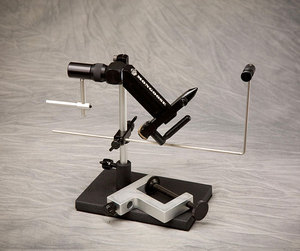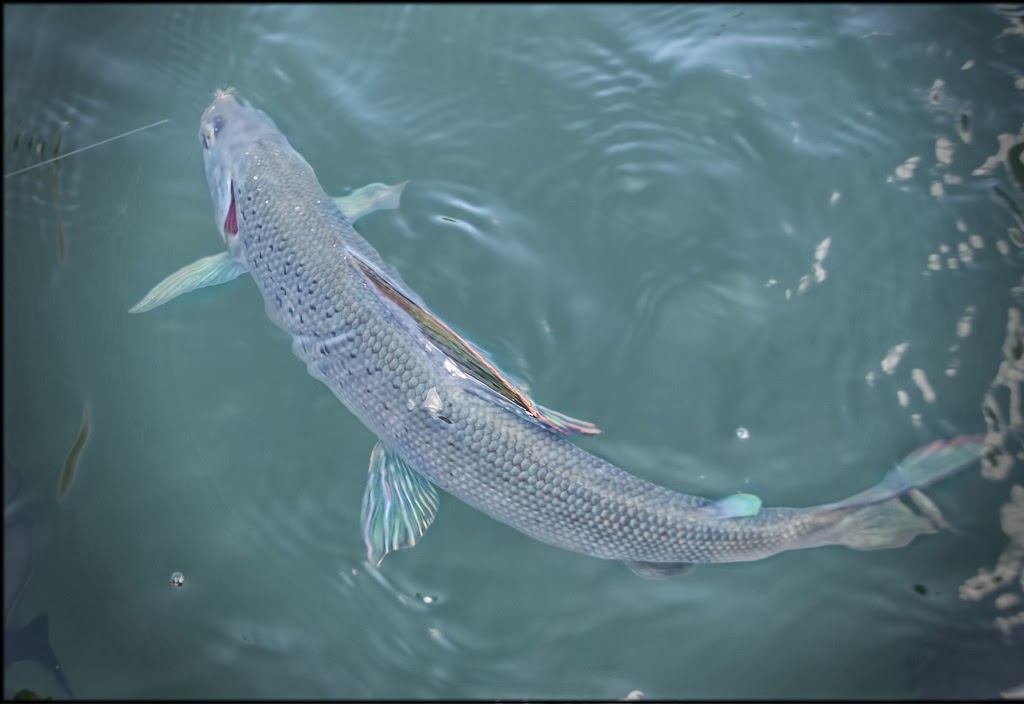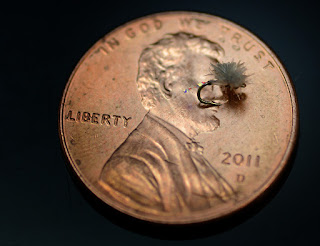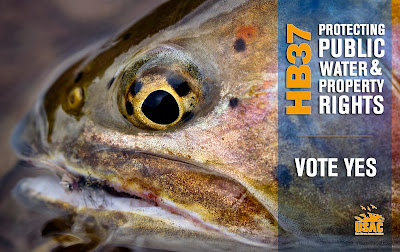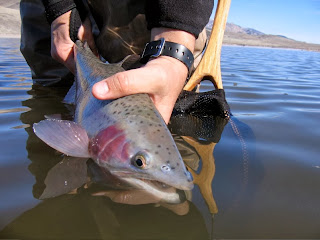Don't get caught with a case of "vise envy".
And it's "vise" not "vice", although your vise can become a vice.
![]()
Choosing a vise is like choosing a mate for life. Some want the type that is all about the function, while others want it to be functional and sexy at the same time. There are vises that fit both bills, but there are also vises that might do a little of each, but excel at neither. I have tied on many vises, and I definitely have my criteria of what is good, but not all tyers have the same needs. For christmas of 1999 I got my first vise. A beautiful Thompson model A vise that really didn't know what it was in for. I kind of feel guilty about how I abused it over the next several years. For me at the time, it was the perfect vise because it held hooks, yep, exactly what it was designed to do. Years later I came home to see the most beautiful thing I had seen in my life (I hope my wife doesn't read my blog). A rotary vise. My wife had purchased a Dan-Vise for valentines day and it, too, would get its fair share of abuse. The next several years saw vises come and go, but I definitely came up with a list of things that I needed in a vise to make me tie happy. And above all, we recommend trying out a vise before you buy it, if at all possible. This is YOUR vise purchased with YOUR money, so brands aside, this list should put you into a few options.
#1- Hook Holding AbilityThe dang thing better hold a hook. Bottom line, if the hook slips at ALL while tying, it has failed in it's journey upon this ever-livin' earth. I would rather tie with a $15 vise that holds hooks rock solid than an expensive vise that is slippery.
#2- Must Fit My BudgetThere is a reason why not everyone spins bugs on a Renzetti Master vise. It's a great vise, but it also costs around $600. There are many low-cost and medium-cost vises that hold hooks just fine. They might not have all of the bells and whistles of more expensive options, but if you are after hook holding, there is no need to spend $600. Most fly shops will let you play with the vises so you can get a feel for what they do. If you are 100% sure that fly tying is going to be a very important part of your life (as it should be) I would recommending dropping a bit more change on the sexy AND functional model.
#3- Must Be Versatile
I should be able to use the vise for everything. I tie bass jigs on 5/0 hooks, and I tie #32 midges in the winter. I don't even want to have to buy a second set of jaws. I realize that most vises out there are not going to be able to do this, so it's important to realize that a less expensive vise might limit your tying range a little bit.
#4- Must Have FeaturesI really need a vise with a lot of bells and whistles. I made the mistake of getting used to a variable tension rotary function, adjustable material clips, and a single jaw that can handle a #32 AND a 5/0. I think if I had to go back to the Thompson, I'd either light it on fire, or throw it across the room. Call me a snob... There are a lot of accessories that you can add on the the vise after the fact, so I would recommend just starting with the basic vise and add on later. Accessories I like: material clip, pedestal base, rotary handle, extendable stem for use with a c-clamp, hackle gauge. Accessories I don't like: Light or magnifying glass that attaches to stem of vise, extended body tool, parachute (gallows) tool, or any extra crap that gets in the way. The beginner will gather tastes as they gain experience, so take it slow.
There are three vises our there that, in my opinion, shine above the rest. They can be had without breaking the bank too bad, and they will be able to handle most anything you throw at them.
#1 - Griffin Montana Mongoose MSRP - $200 - $225. (The absolute cat's meow)
#2 - Renzetti Traveler MSRP $159. (Simplicity and function)
#3 - Peak rotary vise MSRP $150. (Best $150 vise, hands down)
I have also identified three excellent beginner vises that can be had for a bit less money.
#1 - Danica Danvise rotary vise MSRP - $100 (yes, it's a fully functional rotary vise)
#2 - Griffin Montana Pro MSRP - $80 (Same awesome jaw as it's big brother the Mongoose)
#3- Griffin Superior 1A vise MSRP $40-$60 (Bare bones vise that has a rock-solid jaw)




